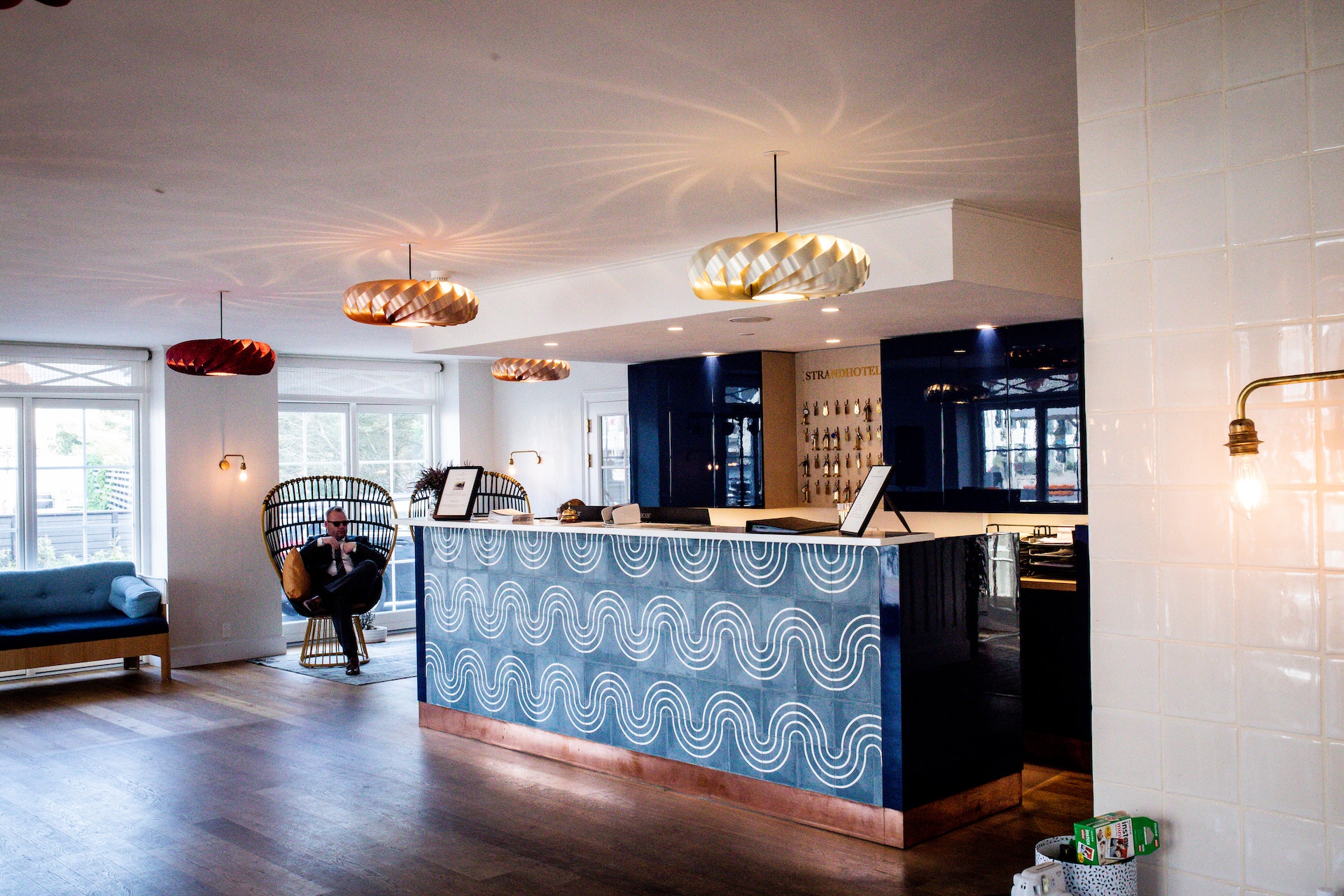First impressions form fast. In the hospitality industry, which includes restaurants, hotels, and entertainment facilities, an initial good impression is critical and hinges on clean, fully functioning facilities and a friendly, competent staff.
Especially in a post-Covid society, providing clean and safe accommodations is paramount. Facilities managers and owners are now taking extra steps to ensure the highest cleanliness standards, including upgrading air filtration systems, installing no-touch technologies and contactless services, and reconfiguring spaces to promote social distancing. Additionally, automation is being implemented to combat labor shortages and improve overall efficiency. Improvements to meet green building expectations, anticipate guests’ needs with a more personalized experience, and ensure guests’ safety are paramount. RSMeans Data from Gordian can help estimate these costs.
With localized, square-foot costs for more than 100 building models including various hospitality industry facilities, RSMeans Data allows architects, engineers, and other preconstruction professionals to quickly and accurately create conceptual estimates for future builds.
This table shows the most recent costs per square foot for 15-story hotels, restaurants, fast food restaurants, and movie theaters in select cities.
Visit rsmeans.com/bdandc for more information about RSMeans Data from Gordian.
Please note: Square foot models are used for planning and budgeting and are not meant for detailed estimates.
Related Stories
| Dec 10, 2013
Modular Pedia-Pod: Sustainability in healthcare construction [slideshow]
Greenbuild 2013 in Philadelphia was the site of a unique display—Pedia-Pod, a modular pediatric treatment room designed and built by NRB, in collaboration with the editors of Building Design+Construction, SGC Horizon LLC, and their team of medical design consultants.
| Dec 3, 2013
Creating a healthcare capital project plan: The truth behind the numbers
When setting up a capital project plan, it's one thing to have the data, but quite another to have the knowledge of the process.
| Nov 27, 2013
Pediatric hospitals improve care with flexible, age-sensitive design
Pediatric hospitals face many of the same concerns as their adult counterparts. Inpatient bed demand is declining, outpatient visits are soaring, and there is a higher level of focus on prevention and reduced readmissions.
| Nov 27, 2013
Exclusive survey: Revenues increased at nearly half of AEC firms in 2013
Forty-six percent of the respondents to an exclusive BD+C survey of AEC professionals reported that revenues had increased this year compared to 2012, with another 24.2% saying cash flow had stayed the same.
| Nov 27, 2013
Wonder walls: 13 choices for the building envelope
BD+C editors present a roundup of the latest technologies and applications in exterior wall systems, from a tapered metal wall installation in Oklahoma to a textured precast concrete solution in North Carolina.
| Nov 26, 2013
Construction costs rise for 22nd straight month in November
Construction costs in North America rose for the 22nd consecutive month in November as labor costs continued to increase, amid growing industry concern over the tight availability of skilled workers.
| Nov 25, 2013
Building Teams need to help owners avoid 'operational stray'
"Operational stray" occurs when a building’s MEP systems don’t work the way they should. Even the most well-designed and constructed building can stray from perfection—and that can cost the owner a ton in unnecessary utility costs. But help is on the way.
| Nov 19, 2013
Pediatric design in an adult hospital setting
Freestanding pediatric facilities have operational and physical characteristics that differ from those of adult facilities.
| Nov 19, 2013
Top 10 green building products for 2014
Assa Abloy's power-over-ethernet access-control locks and Schüco's retrofit façade system are among the products to make BuildingGreen Inc.'s annual Top-10 Green Building Products list.
| Nov 18, 2013
6 checkpoints when designing a pediatric healthcare unit
As more time and money is devoted to neonatal and pediatric research, evidence-based design is playing an increasingly crucial role in the development of healthcare facilities for children. Here are six important factors AEC firms should consider when designing pediatric healthcare facilities.

















